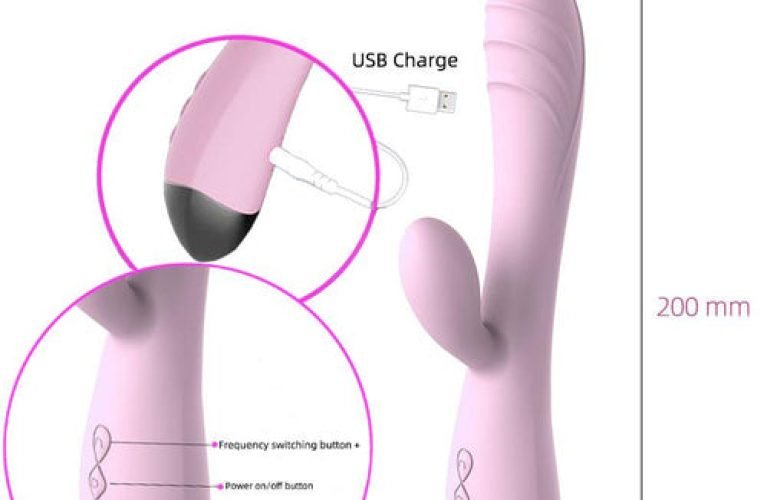
Alloy steel plates are widely used in various industries due to their exceptional strength and durability. Unlike carbon steel plates, which primarily consist of iron and carbon, alloy steel plates contain additional alloying elements that significantly influence their properties. This article aims to explore how the composition of alloy steel plate impacts their strength and durability, focusing on key alloying elements and their effects.
Alloying Elements In Alloy Steel Plates:
Alloy steel plates incorporate various alloying elements to enhance their mechanical properties. Some common alloying elements used in alloy steel plates include:
Chromium (Cr):
Chromium is commonly added to alloy steel plates to improve their corrosion resistance and hardenability. It forms a protective oxide layer on the surface of the steel, preventing it from rusting or corroding. Additionally, chromium aids in enhancing the strength and toughness of the alloy steel plates.
Molybdenum (Mo):
Molybdenum is known for its high temperature strength and excellent resistance to creep. When added to alloy steel plates, molybdenum improves their resistance to elevated temperatures and thermal fatigue. It also contributes to the hardenability and strength of the plates.
Nickel (Ni):
Nickel is frequently used in alloy steel plates to enhance their toughness, impact resistance, and corrosion resistance. It promotes the formation of fine-grained structures, improving the overall strength and ductility of the plates. Nickel is also effective in providing resistance against harsh environments and corrosive chemicals.
Vanadium (V):
Vanadium is a powerful grain-refining element. It refines the grain size of alloy steel plates, resulting in improved toughness and strength. Vanadium also enhances hardenability and impact resistance, making the plates suitable for applications that require high strength and durability.
Manganese (Mn):
Manganese is an essential element in alloy steel plates as it promotes the formation of fine-grained structures and enhances hardenability. It improves the overall mechanical properties, including strength, toughness, and wear resistance. Manganese also aids in reducing brittleness and improving weldability.
Impact On Strength:
The composition of alloy steel plates plays a crucial role in determining their strength. The addition of specific alloying elements alters the microstructure of the plates, leading to improved strength characteristics. For instance:
Increased carbon content in alloy steel plates enhances their hardness and tensile strength, but excessive carbon may reduce their ductility and weldability.
Chromium, molybdenum, and nickel contribute to the formation of strong carbides, thereby increasing the plates’ strength and resistance to wear and abrasion.
Vanadium aids in refining the grain structure, resulting in high strength and toughness.
Manganese improves the hardenability and strength of the plates by forming solid solutions with iron.
Impact On Durability:
The durability of alloy steel plates is influenced by their composition, particularly the presence of alloying elements that enhance corrosion resistance and toughness. Key factors impacting durability include:
Chromium forms a protective oxide layer, preventing the plates from corrosion and extending their lifespan.
Nickel enhances the plates’ resistance to corrosion, especially in acidic and alkaline environments.
Molybdenum improves the plates’ ability to withstand high-temperature environments, reducing the risk of thermal fatigue and degradation.
Vanadium and manganese contribute to the plates’ toughness and impact resistance, reducing the likelihood of deformation or failure under challenging conditions.
Alloy Steel Plates Vs. Carbon Steel Plates:
Compared to carbon steel plates stockist, alloy steel plates offer superior strength and durability due to their unique composition. Alloy steel plates can withstand higher temperatures, resist corrosion, and exhibit improved mechanical properties. While carbon steel plates are cost-effective and widely used, alloy steel plates are preferred in applications requiring high strength, resistance to wear and tear, and harsh environments.
Conclusion:
The composition of alloy steel plates significantly impacts their strength and durability. Alloying elements such as chromium, molybdenum, nickel, vanadium, and manganese enhance various properties, including strength, toughness, hardenability, and corrosion resistance. The careful selection and proportioning of alloying elements enable the production of alloy steel plates that meet specific application requirements. By understanding the influence of composition on strength and durability, manufacturers and users can make informed decisions regarding the selection and application of alloy steel plates.









